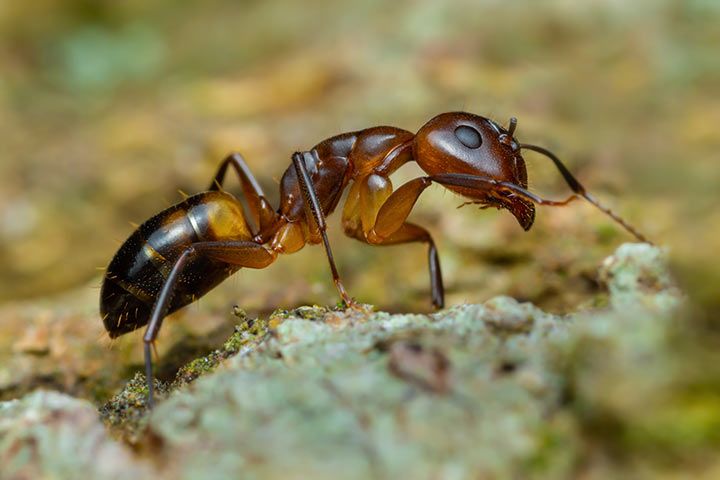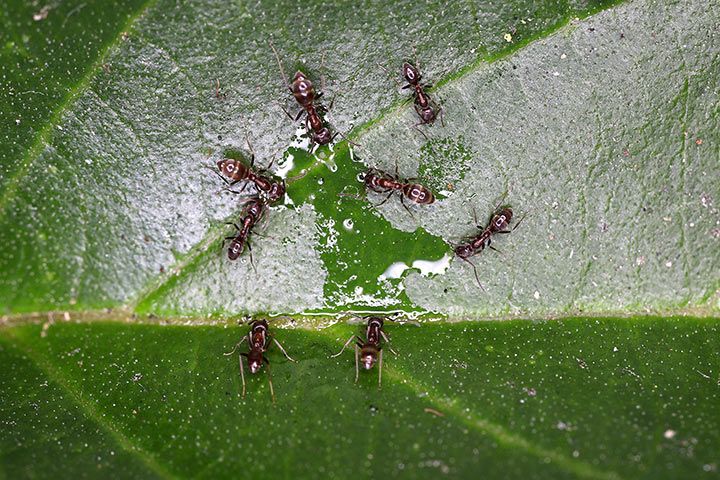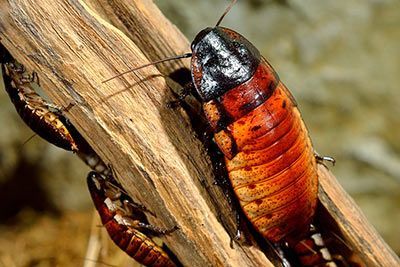Argentine Ant
Argentine Ant Facts
| Size | 0.08-0.2 in (2.1-4.9 mm) |
| Speed | Unknown |
| Weight | Unknown |
| Lifespan | Unknown |
| Food | Insects, honeydew |
| Predators | Unknown |
| Distribution | South America, Australia, New Zealand, Europe |
| Habitat | Tropical and subtropical forests |
| Order | Hymenoptera |
| Family | Ants |
| Subfamily | Dolichoderinae |
| Scientific name | Linephithema humile |
| Characteristics | Creates the largest ant colonies in the world |
Main Characteristics
The Argentine ant is a medium-sized ant native to South America. It has become popular because it was spread unintentionally by humans all over the world. It is considered one of the 100 of the World's worst invasive alien species by the IUCN.

Distribution
“... and tomorrow, the world!” could be their motto. The Argentine ant originally lived in Argentina, Brazil, Paraguay and Uruguay. They were unintentionally taken to other countries on ships and planes. In 1986 they established a colony in Europe for the first time.
Habitat
The Argentine ant prefers tropical and subtropical forests. However, it also feels at home in Europe, too. There, it inhabits oak and pine forests.
Diet
Argentine ants feed on "honeydew" (a sticky liquid secreted by lice), insects and carrion. They also eat other ants and then plunder their food supplies.
Life Style
The Largest Ant Colony in the World
The Argentine ant seems to like the mediterranean region, as they created the largest ant colony in the world there. It stretches from Southern Italy to the North-West of Spain - that’s a distance of 3,728 miles (6,000 km)! Researchers call it a “super colony”.

Introduced Species
When an animal species is introduced by humans into an area where it was previously not native, we call it a introduced species. This usually happens unintentionally through international trade. The animals are brought in as "stowaways". This isn't a problem at first, but ...
Invasive Species
Some of the introduced species throw nature out of balance. They reproduce quickly, displace native animal species or/and are the reason why pests multiply. In this case, they're called an invasive species. The word "invasive" comes from the Latin "invadere".
Behavior
Influence as an Invasive Species
The Argentine ant is often responsible for disturbing the balance in nature:
- It displaces native animal species
- It damages the plant world
- It disrupts symbioses between animals and plants
An example is the horned lizard, which lives in California (USA). It feeds on native ants. However, since these are displaced by the Argentine ant, the horned lizard can no longer find food. Another example is arthropods. Some species are important pollinators for plants. The Argentine ant preys on these arthropods, which means that the plants can no longer be pollinated. The ant also nurtures lice, which harms agriculture.
Aggressiveness
Argentine ants are peaceful within their colony. However, they are very aggressive towards other animal species.
- Find Out More:
- Army Ant Facts
- Leafcutter Ant Facts
- Weaver Ant Facts












